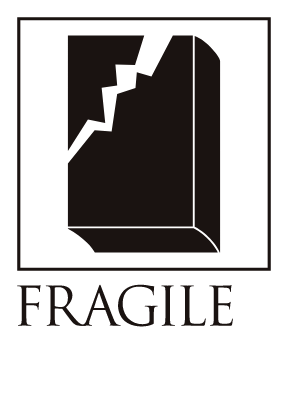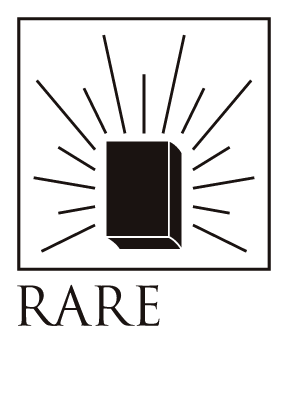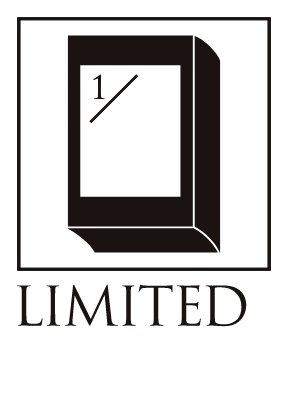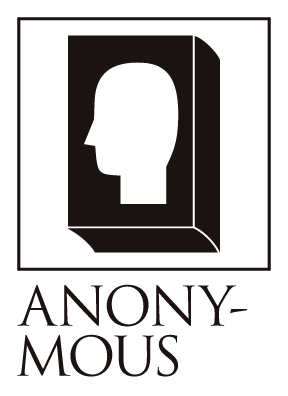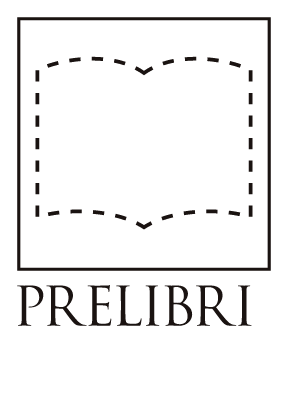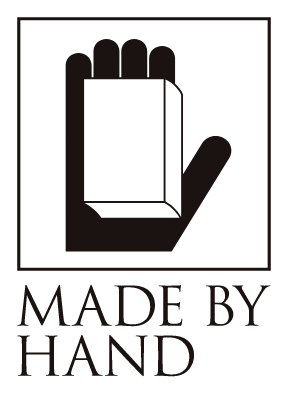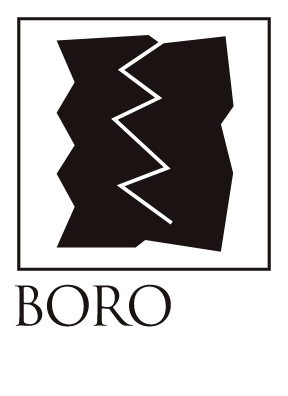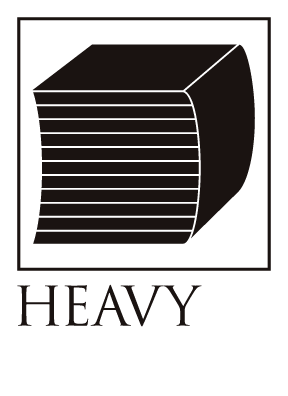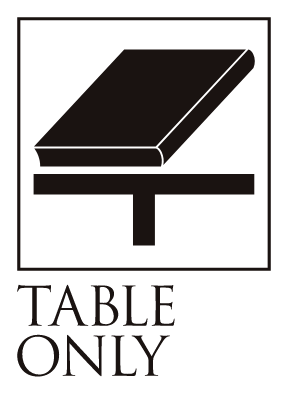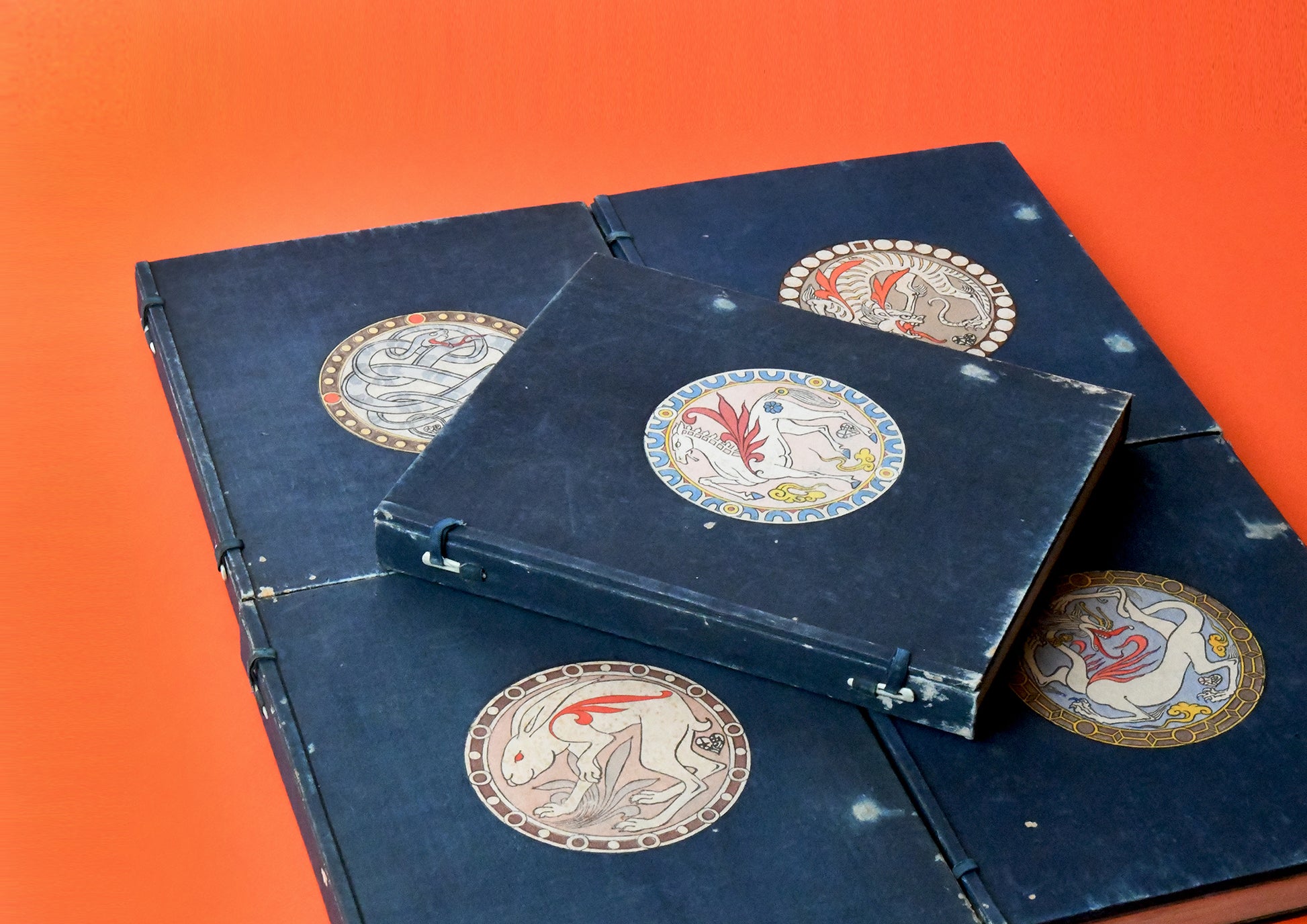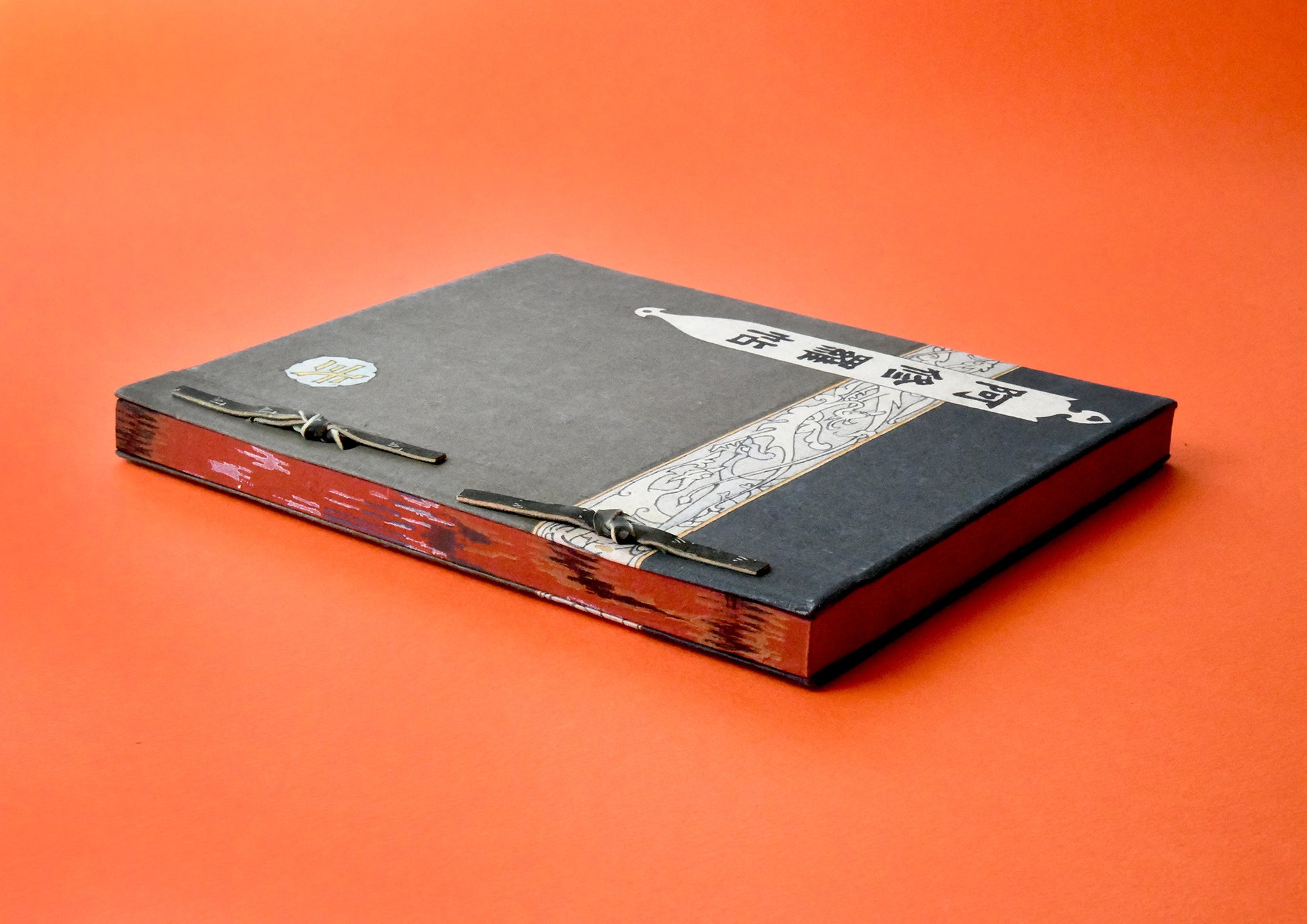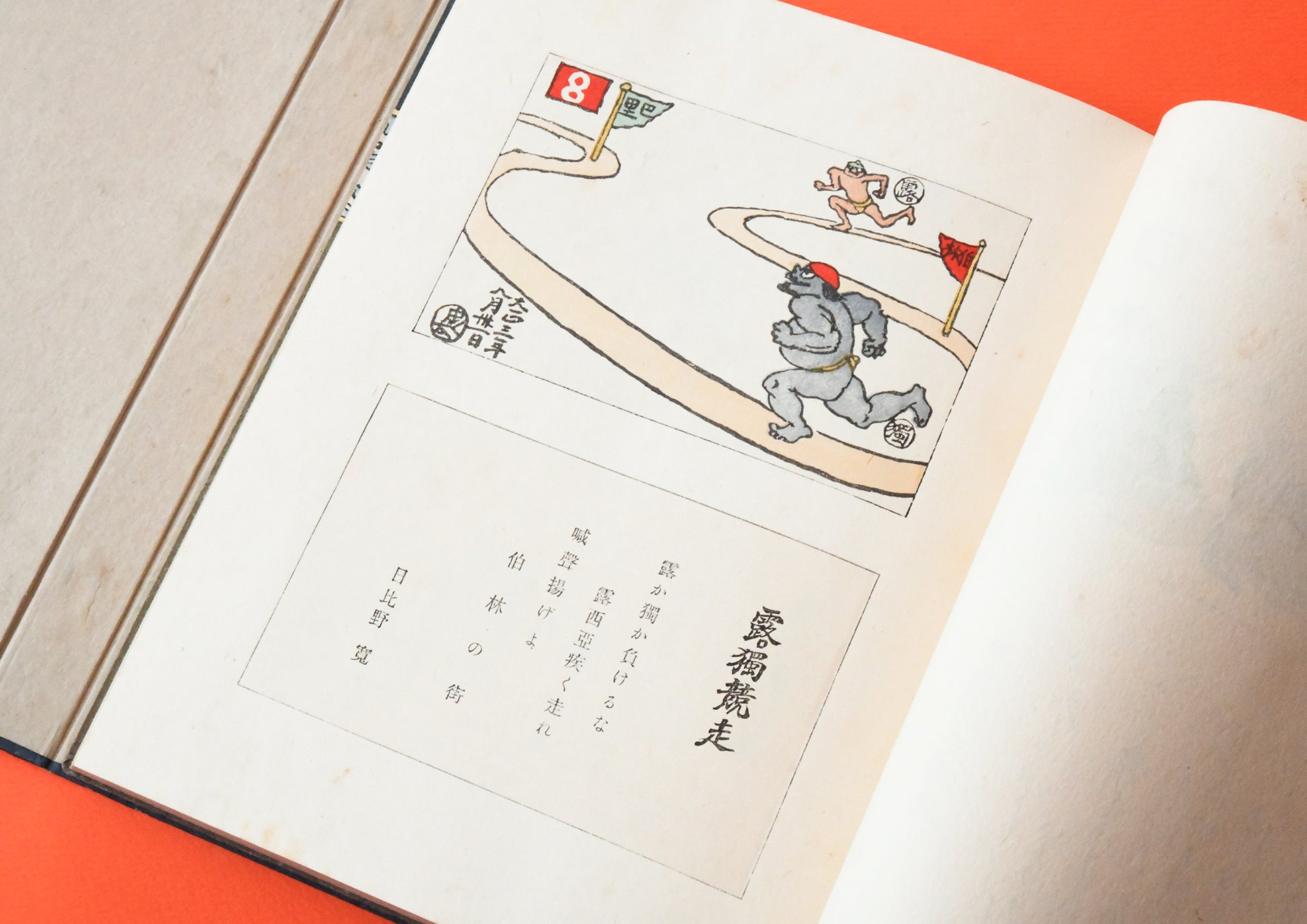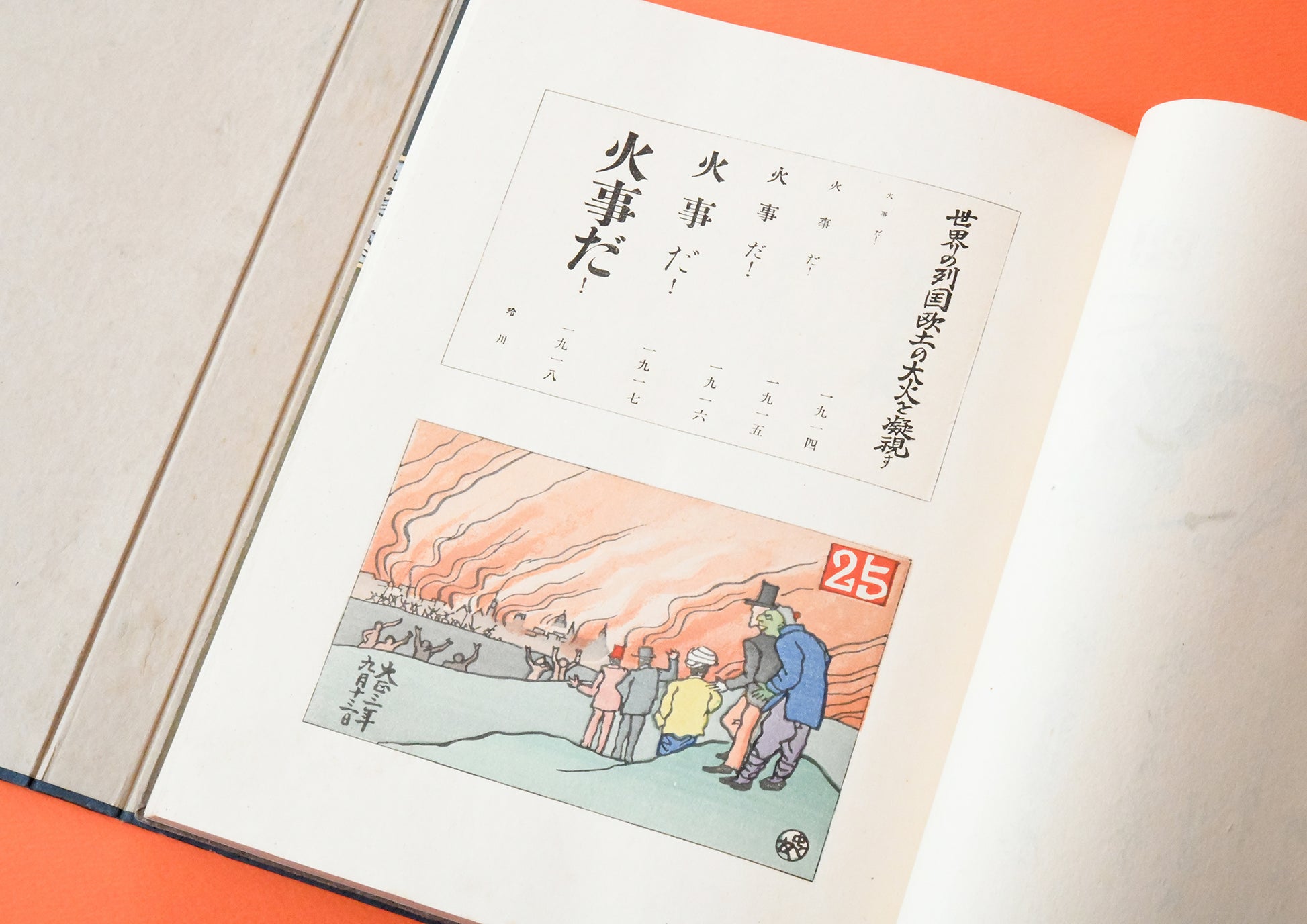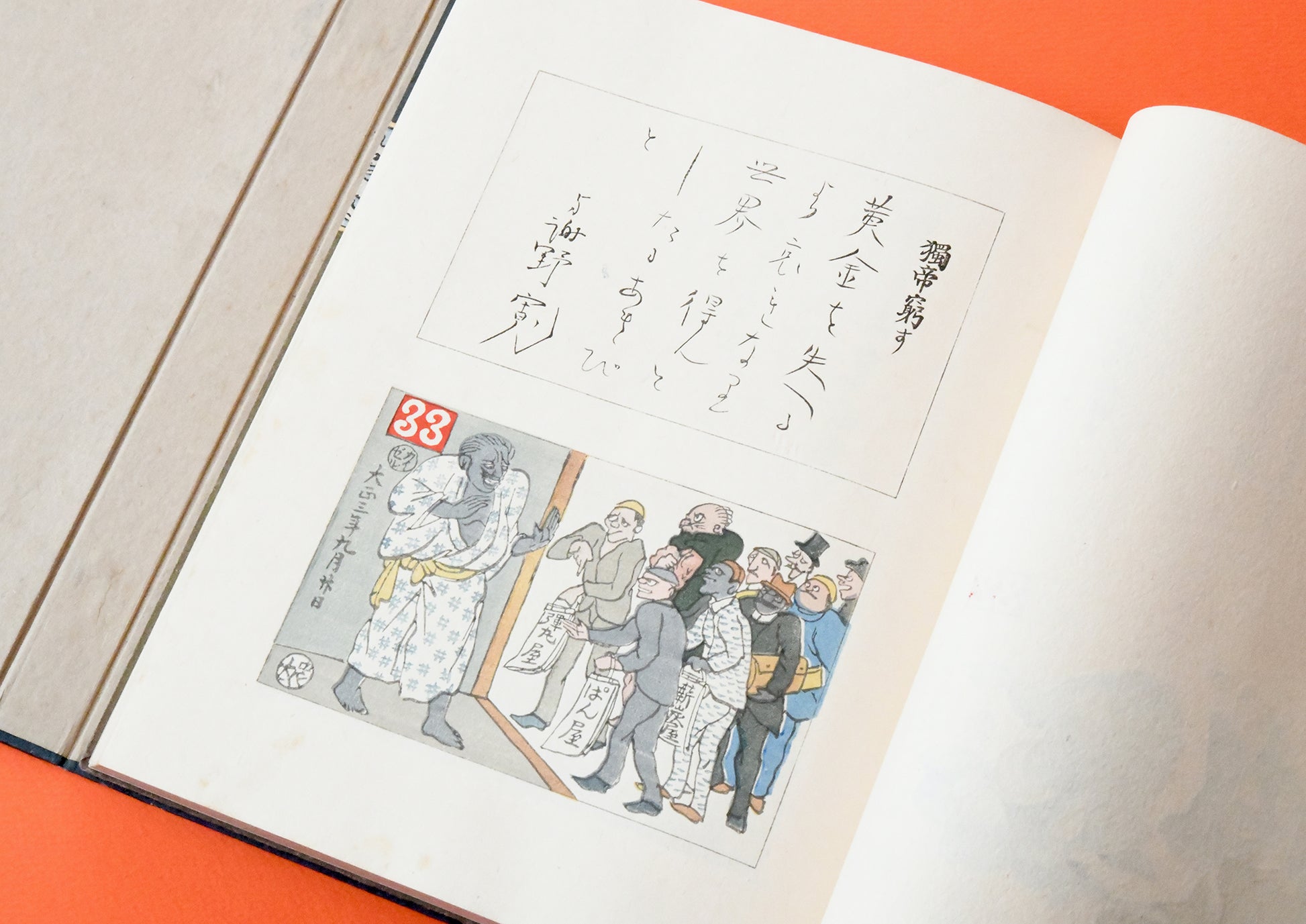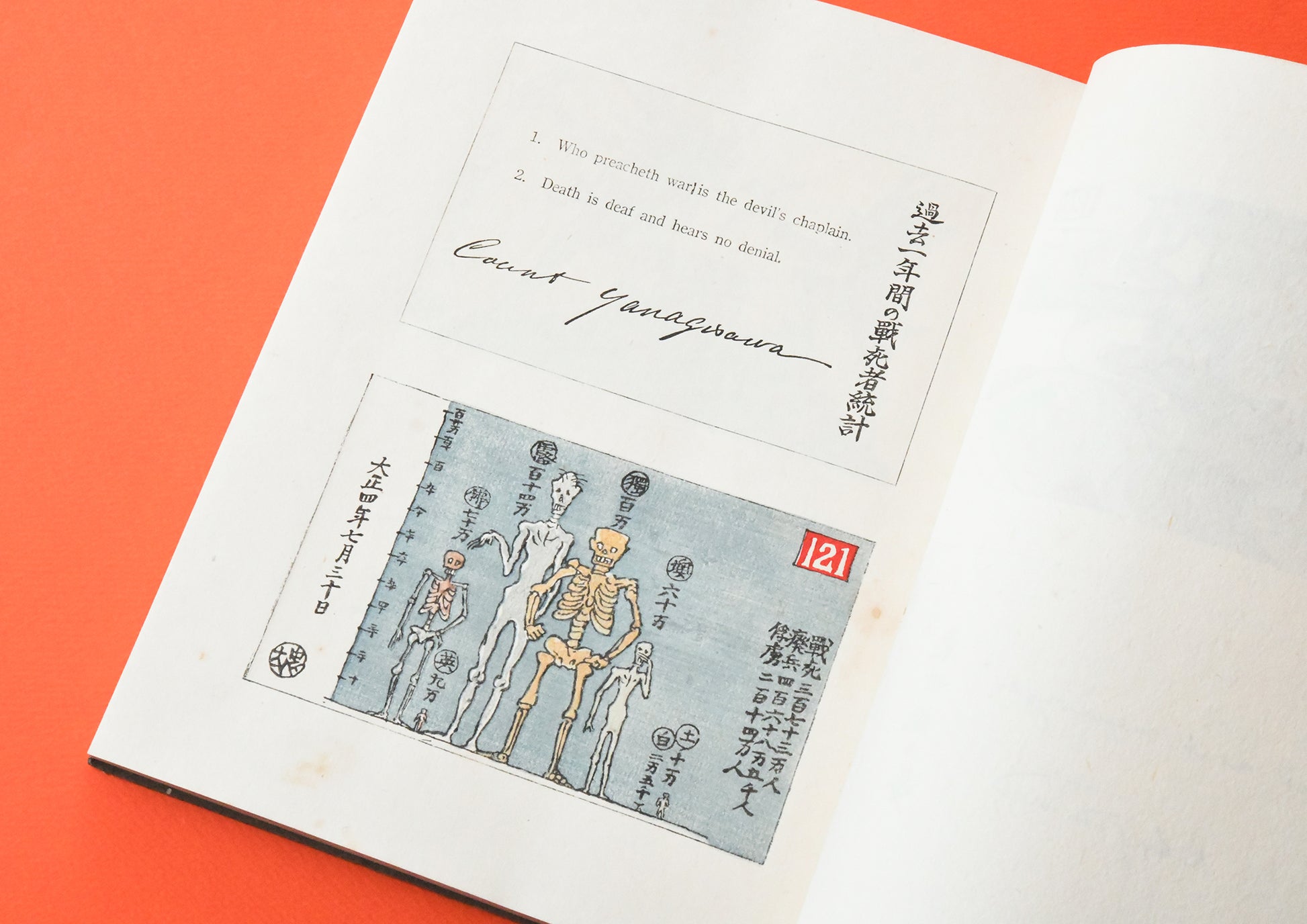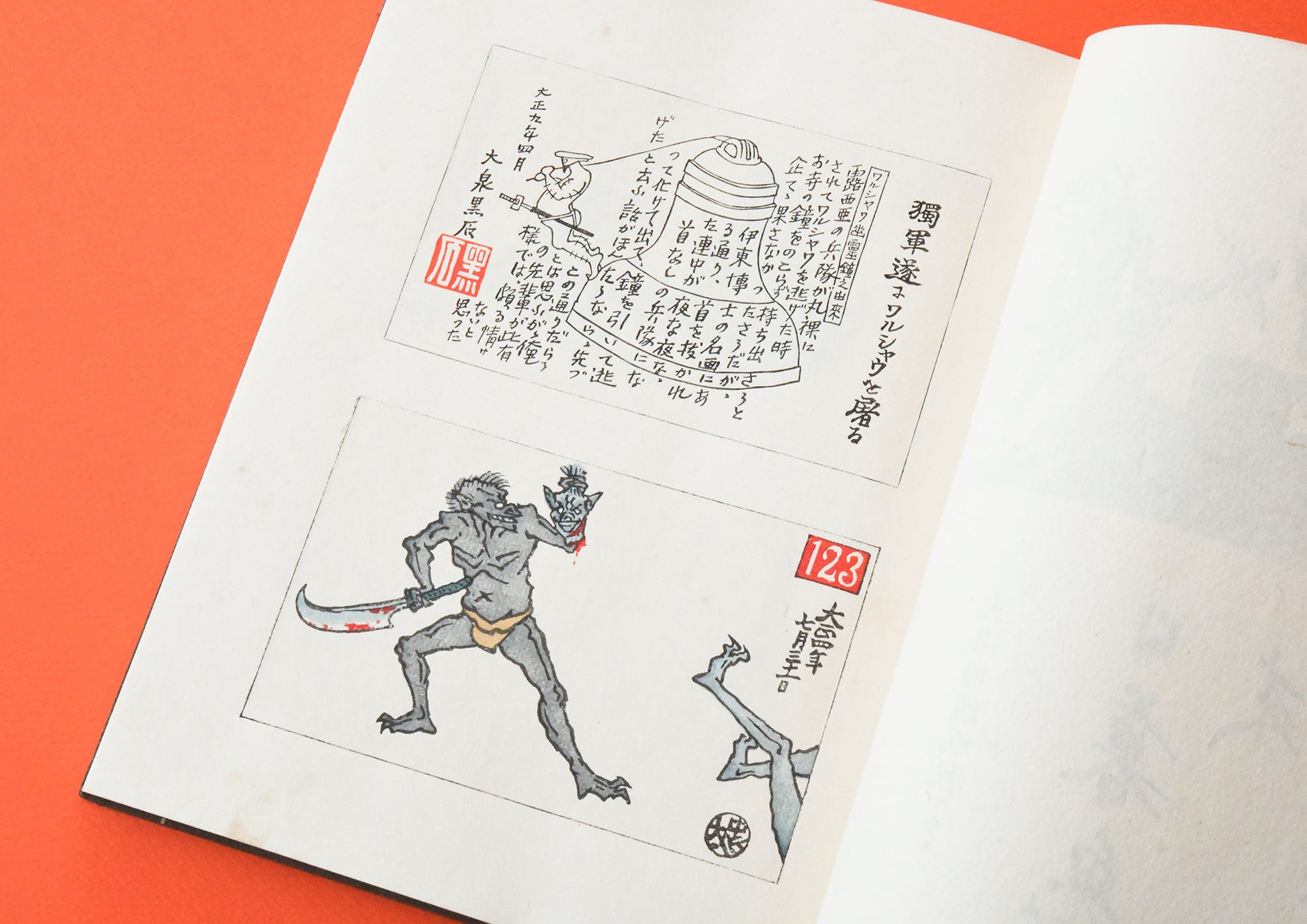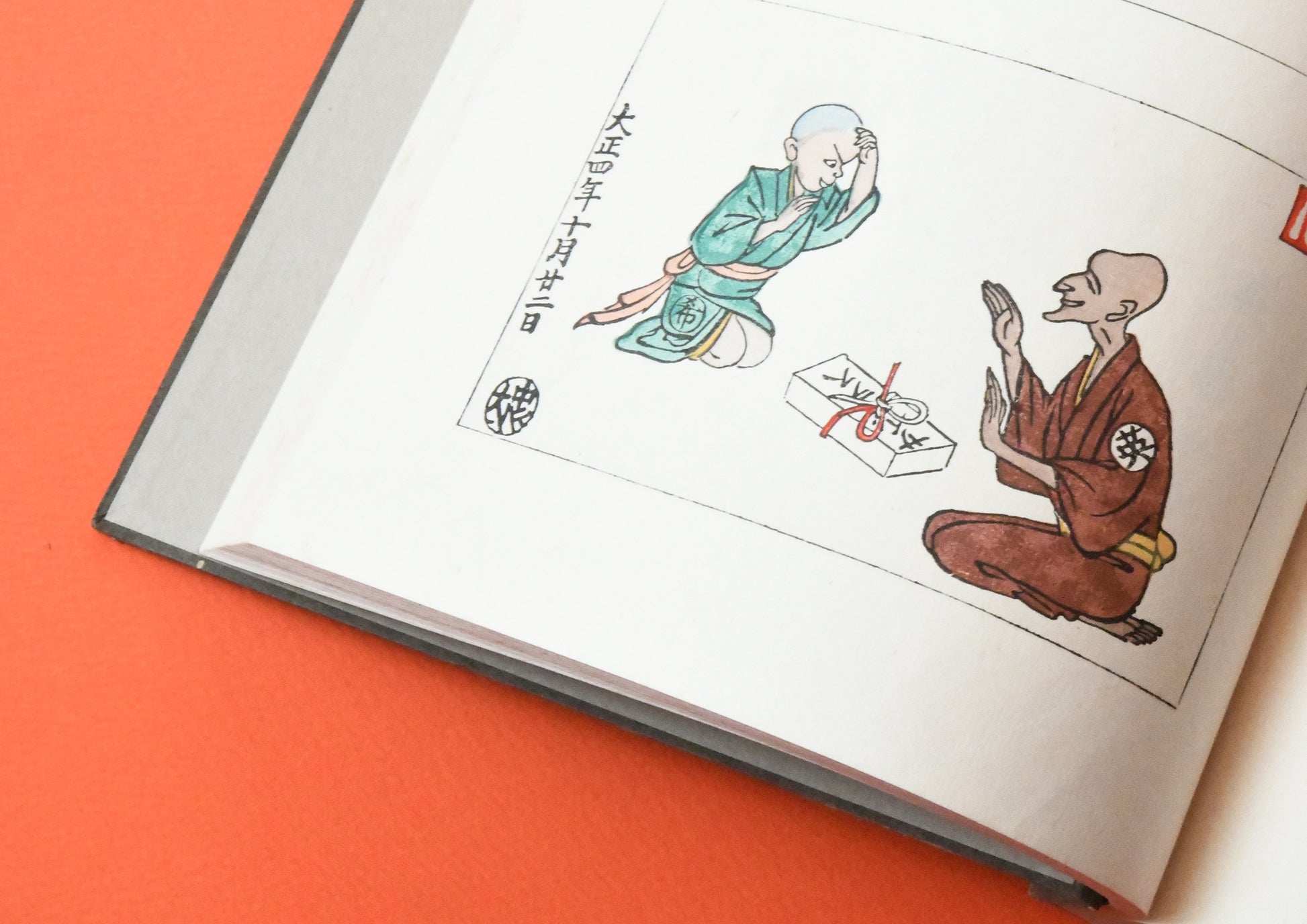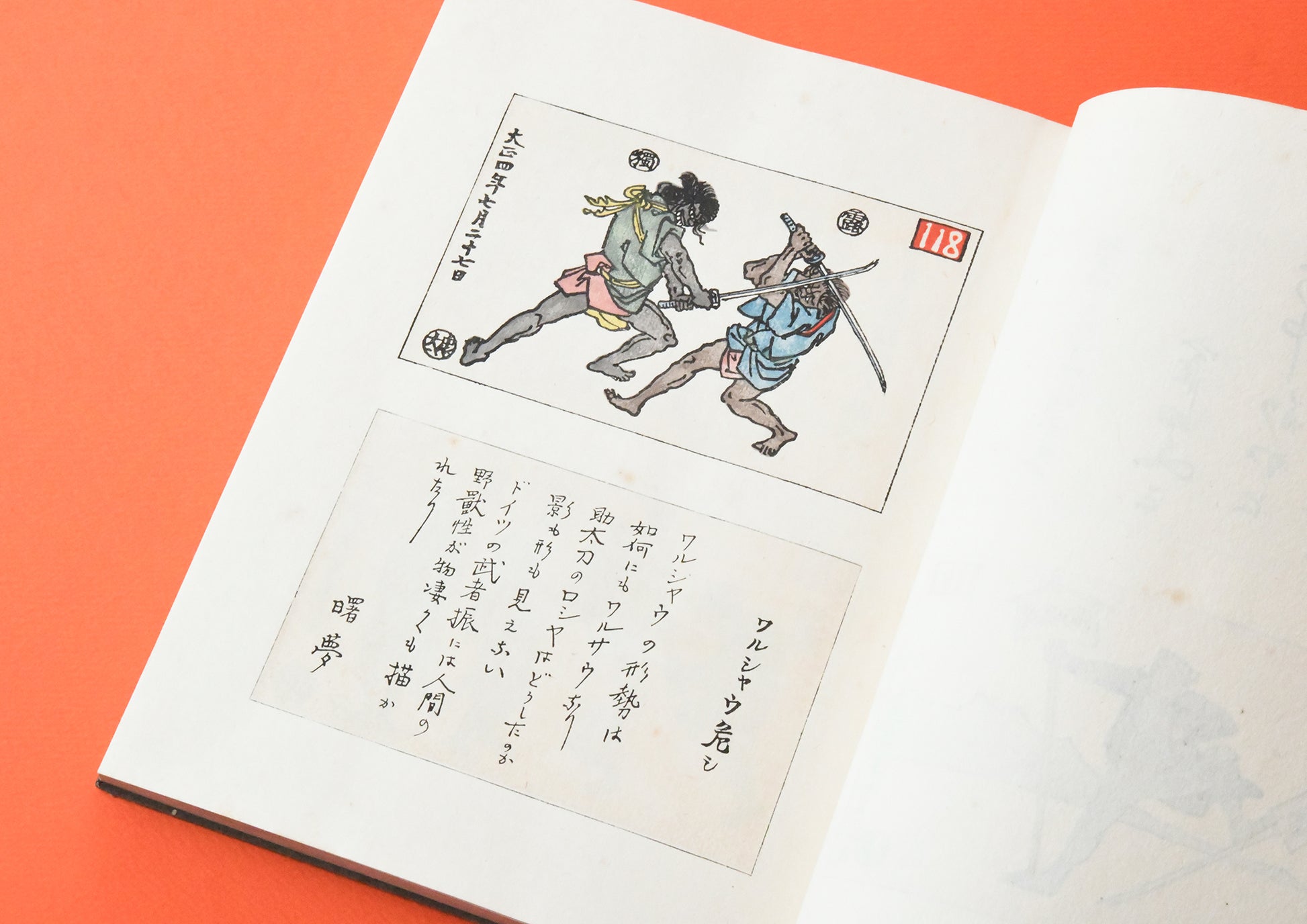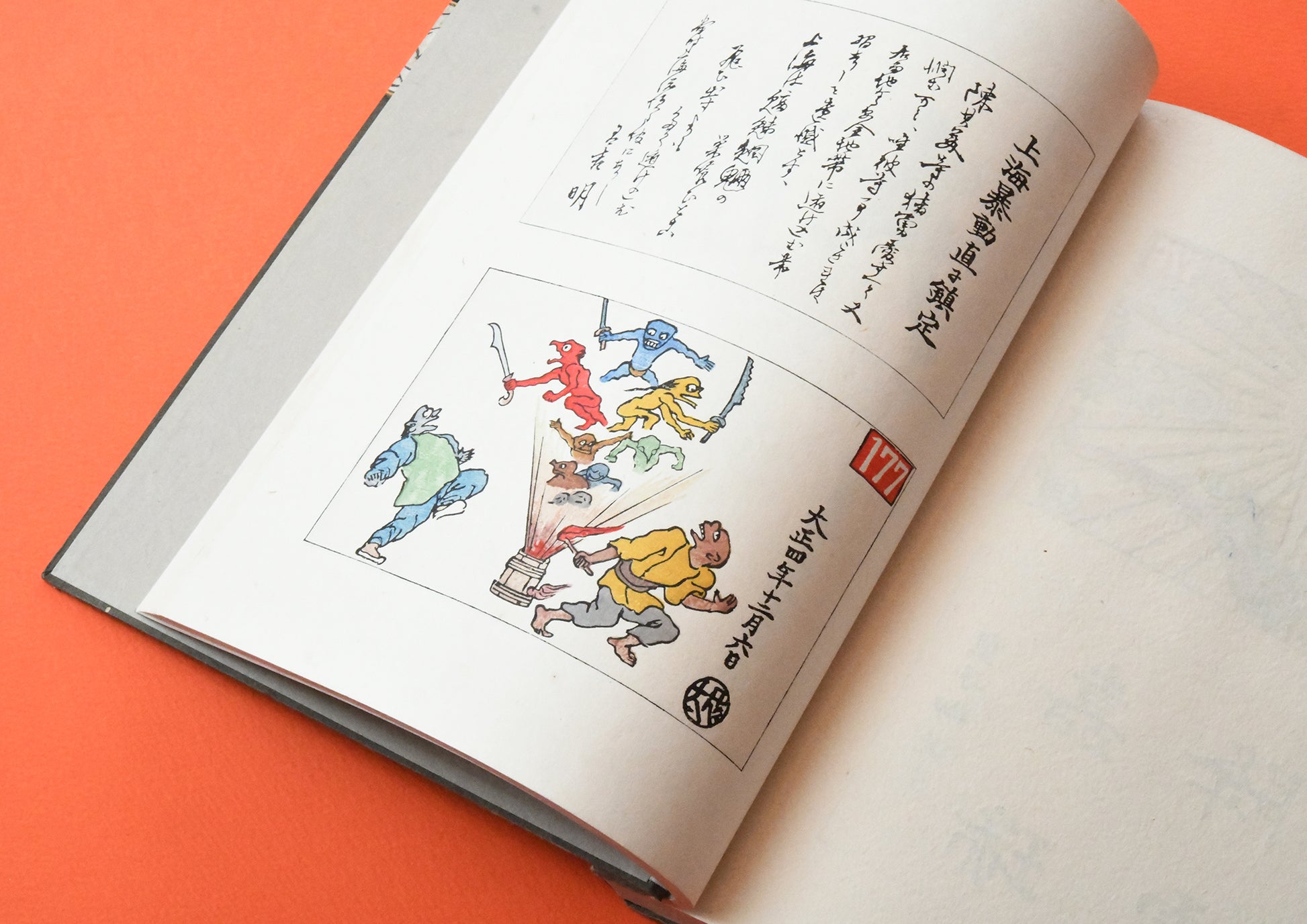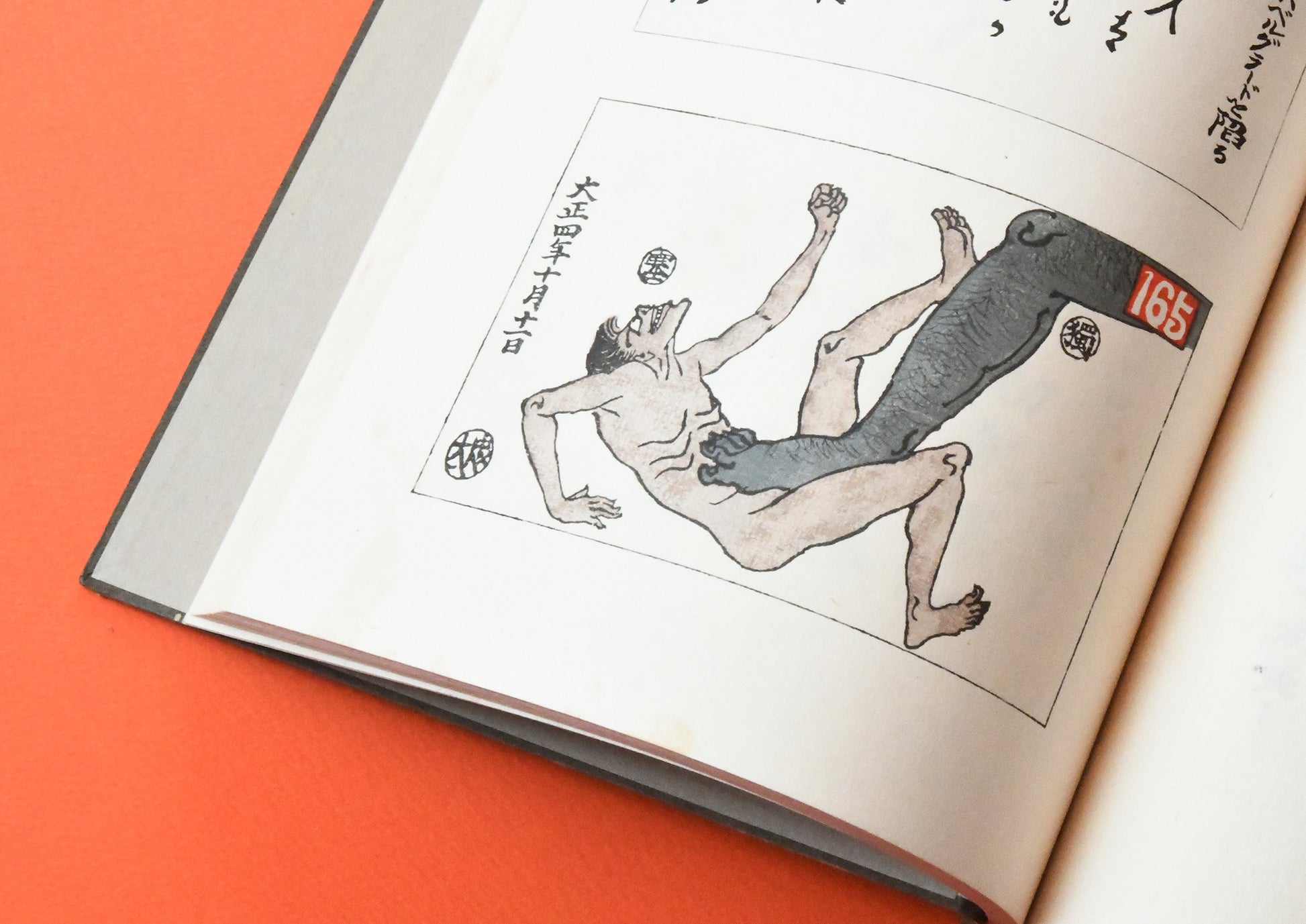Ashuracho/Ito Chuta
Bibliographic Details
- Title
- 阿修羅帖
- Author
- 伊東忠太、杉村楚人冠(杉村廣太郎)
- Editor
- 杉村楚人冠 / Sojinkan Sugimura
- Images
- 伊東忠太 / Chuta Ito
- Publisher
- 国粋出版社
- Year
- 大正9-10年 (1920-21)
- Size
- h250 × w210 × d30 mm × 5
- Language
- 日本語 / Japanese
- Binding
- 和綴じ
- Printing
- 全頁機械木版彩色刷
- Materials
- 和紙、綴じ革紐
- Edition
- 初版 / First edition
彩色木版刷図版500図(各巻100図)/枡形本/全巻本体表紙側見返しに蔵書印アリ/各帙入り(内1巻の留め具ツメ1個欠け)/帙にイタミ、スレ/本体一部ホコリシミ
The fantastic architect
Drawn by Chuta Ito
Caricatures of demons and monsters.
This time we would like to introduce "Asuracho," a collection of caricatures by Ito Chuta, one of Japan's leading architects and architectural historians.
Chuta Ito, famous as the architect of Tsukiji Honganji Temple, one of the most fantastical buildings in Tokyo, has created a very personal "manga" that satirizes the situation around World War I with his charming characters.
Chuta's personalThis book can be considered a "picture diary." In the preface to the first volume, he said that he had no intention of publishing it in the first place.
ChutaHimselfIt is written.
The Ashura ChroniclesThe prototype was a large number of postcards drawn by Chuta. Based on the ever-changing war situation during World War I,The postcards depict the turbulent society of the time.
Taking on the appearance of demons and monstersThe letters were written in five volumes, with the addresses recording events and statistical data that were the subject of satire."Asuracho"Only the design side is used, and the address side is not published. (If you are interested,Architectural Institute of Japan Architecture Museum Website(Please see here.) Incidentally, Ito Chuta continued to draw postcards up until 1950 (Showa 25), totalling an astounding 3,717. You can view the full collection on the aforementioned website.
This enormous collection of caricatures was highly praised by a publisher specializing in woodblock prints called Kokusui Publishing, who proposed to publish it. Although Kokusui is a slightly provocative name, the publisher published its own print magazine called "Kokusui," and the first issue of "Kokusui" was published in 1920, featuring such distinguished artists as Izumi Kyoka, Uno Koji, Yoshida Genjiro, Oizumi Kokuseki, and Mikami Otokichi, with the cover by Takehisa Yumeji and illustrations within the text by a distinguished group of artists including Oda Kazumaro, Ito Chuta, and Matsuda Kosuke. The publisher also attempted to transcribe the ukiyo-e prints of Kitagawa Utamaro.
The contents of this book are based on 500 woodblock drawings that Ito Chuta created as postcards between 1914 and 1919, and the editor, Sugimura Sojinkan (real name: Sugimura Kotaro), added words and sentences selected from a wide range of articles, documents, and materials. In other words, it is a work written in a "one praise, one picture" format, and can be considered a joint work by the two. Sugimura Sojinkan was a journalist who worked as an interpreter at the American Embassy in Japan before joining the Tokyo Asahi Shimbun, where he translated overseas news and was posted to Europe and the United States as a correspondent. He made use of his extensive knowledge of overseas affairs to establish the research department at the Tokyo Asahi Shimbun, publish abridged editions, and launch Asahi Graph, making him a remarkable man who made a considerable contribution to the modernization of newspaper media. This book is based on the work of Sugimura, who was well versed in world affairs.
Chu Ren CrownHis editing skills are on full display.
The book specifications for all five volumes are the same, with the words "Ito Chuta" or "
SugimuraThere is a preface by Sojinkan, and the main text features a pair of words (=praise) selected by Sojinkan and a satirical illustration (=picture) of Chuta arranged on top of each other on each page. All illustrations are
National Publishing HouseEach volume contains 100 paintings in his specialty, multicolor woodblock prints. At the end of each volume, there is a
Number of pagesThe book also includes an index of the names of the authors of the tributes, which also serves as an index. The prefaces, which differ from volume to volume, are well worth reading in themselves, and in contrast to the colored main text, the woodblock prints are straightforward and monochromatic. The powerful handwritten Japanese characters are as moving as the content itself.
What is depicted in this book?
For example, the first page of the first volume has the title "The Sarajevo Incident," which is the trigger for the First World War. The inscription is juxtaposed with a calligraphy by Hirata Tosuke, who was a politician in the Taisho period. Chuta's painting depicts seven men wearing loincloths. Each man has the Chinese characters "France, Russia, UK, Serbia, Austria, Italy, and Germany" in a circle around it, indicating the countries involved. A delicate, ruddy-skinned demon-like Serbia is grappling with an old, plump Austria. Behind Serbia are Britain, France, and Russia. Behind Austria is Germany, and a little distance away stands Italy, looking depressed. The book, which is written in this manner on every page, provides easy-to-understand illustrations of the complex international situation at the time, and just like a manga version of world history, it seems like it will be fun to learn about the world situation at the time of the outbreak of World War I, which may not be very meaningful to Japanese people living far away.
Incidentally, Ito Chuta is the person who changed the word "architect" to "architecture," and is the founder of Japanese architectural history. As an architectural historian, he made many overseas trips, discussed Horyuji Temple in comparison with Greece, and as an architect he undertook a wide range of designs from shrines and temples to modern architecture, sometimes creating architectural designs of bizarre animals such as gargoyles, and even displayed his talent as a satirical cartoonist. He was a truly multifaceted man. Ito Chuta, who spent his life establishing architecture as a science, designed over 100 buildings, including Heian Shrine, Meiji Shrine, Okura Museum of Art, and Tsukiji Honganji Temple. Some of Ito Chuta's buildings that can still be seen today are:INAX REPORT No.168 Living Architecture 2 Chuta Ito" is a detailed introduction.
For Masago Sato, the book hunter who offered this book, it is an unforgettable encounter as it was the first woodblock print book he ever purchased. (This book is a restock.) When he was still a novice who was purchasing academic secondhand books on humanities and academia, he came across this stray book with only one volume at a secondhand book market. He was attracted by the gorgeous packaging and interesting contents of the book, thinking, "Oh, this is the author of Tsukiji Honganji Temple," from the author's name, and without doing any extensive research or estimating how much it would sell, he fell in love at first sight and bought it. After winning the bid, a senior colleague told him, "Nichigetsu-san, there are actually five volumes of that. Did you know?" He regretted it and said, "Oh no!", but at the same time, he was amazed that Ito Chuta had made five volumes of such woodblock print books. He said that he was able to fully convey that the drawings were skillful and skillfully drawn.
Although he had expected that this book would remain in stock for a while, it found a buyer in a shorter time than he had expected, and it was this book that made him realize the trust placed in publications by well-known people, and the appeal and value of woodblock prints. If you hold the book in your hands, you will understand why Sato-san couldn't help but buy it on impulse.
This book, named after the combat-loving demon "Asura," was originally meant to become a "product of history" with the end of World War I. Now, about 100 years after the book's publication, if Chuta Ito were alive, what kind of cartoons would he have drawn?
I found an interesting expression in the preface by Chujinguan at the beginning of the first volume. When asked to edit this book, Chujinguan did not immediately agree, but instead negotiated with the publisher three times before finally agreeing. He goes on to say that the number "three" seems to be crucial to the world, citing several examples and concluding with the statement, "Three is a troublesome number in life."
Today, when some intellectuals are beginning to speak of the possibility of the outbreak of World War III (a catastrophe!) as a result of Russia's invasion of Ukraine, I would like to borrow the words of Chu Renguan and shout them out louder than the roar of a fighter jet engine.
"Three is a troublesome number in a body. Realize the folly of your actions before you destroy the Earth!"
